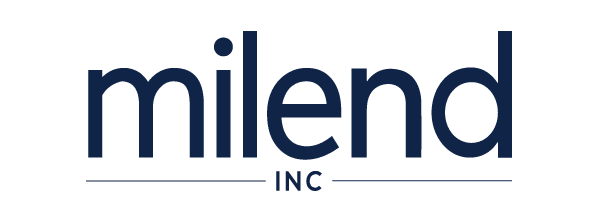Key Takeaways
- The real estate market in spring 2024 presents unique opportunities and challenges, driven by evolving home prices and rental trends.
- The demographic shift known as the “silver tsunami” will significantly impact the market, affecting supply and demand dynamics.
- Interest rates and homeowners’ insurance costs are critical factors for buyers and sellers to consider, influencing decisions in the changing landscape.
The spring market of 2024 is shaping up to be a period of adjustment and opportunity in the real estate industry. With the gradual release of housing inventory, more stability in home prices, and a growing demand for rental units, buyers and sellers have reason to be optimistic. The industry is also facing challenges, such as rising insurance costs and fluctuating interest rates. By staying informed and aware of emerging trends, buyers and sellers can navigate the market with confidence and embrace the changes that lie ahead.
For many of us, our homes are not just physical structures but vessels of dreams, memories, and future aspirations. Understanding the dynamics of the spring market is crucial, whether you’re a first-time buyer, a seasoned homeowner thinking about selling, or someone curious about the current state of real estate.
A Season of Adjustment and Opportunity
The spring of 2024 is shaping up to be a period of adjustment and opportunity in the real estate market. With the backdrop of the previous year’s trends, we’re looking at a landscape that’s both familiar and full of new potential pathways for buyers and sellers alike.
Home Prices: A Gentle Ebb and Flow
We’re entering a market where home prices are expected to find a new balance. According to insights from Redfin, 2024 could be the year homebuyers catch a break, with home prices stabilizing or even dipping in some areas. This adjustment is a breath of fresh air for many prospective buyers who have been sidelined by the soaring prices of the past.
The Rental Renaissance
An interesting shift is happening in the American Dream, with a growing number of young families and millennials embracing the flexibility of renting. The demand for larger rental units is on the rise, challenging the traditional view that owning a home is the ultimate goal. This trend speaks to a broader redefinition of what it means to find a home, emphasizing choice, flexibility, and financial pragmatism.
Inventory and the “Silver Tsunami”
One of the most anticipated phenomena in real estate has been the so-called “silver tsunami,” expected to flood the market with homes as baby boomers downsize. However, the reality is shaping up to be more of a trickle than a tsunami. Many boomers are choosing to leverage their home equity in different ways, from renting out their current homes to tapping into equity to finance their next moves. This gradual release of inventory could mean more opportunities for buyers, albeit at a steadier pace than previously expected.
The Rising Tide of Insurance Costs
For buyers and sellers in states prone to natural disasters, the cost of homeowner’s insurance is becoming a significant consideration. In some areas, insurance premiums have surged, driven by factors like wildfire risks in California and hurricane damage in Florida. These rising costs are not just a concern for new buyers; they’re affecting current homeowners and investors, potentially influencing market dynamics and accessibility.
Interest Rates: The Balancing Act
Interest rates remain a pivotal factor in the real estate equation. The balance between wanting to sell and maintaining a low mortgage rate is a dance many homeowners are currently navigating. As rates fluctuate, the decision to enter the market, either as a buyer or a seller, becomes a calculated choice, influenced by the potential financial impact of these rates.
Embracing Change with Optimism
In real estate, as in life, change is constant. The spring market of 2024 is no exception, offering a mix of challenges and opportunities. For those of us looking to make a move, the key lies in staying informed, being prepared, and approaching each step with optimism and an open heart.
For Buyers:
Your dream home may be closer than you think. With potential adjustments in home prices and a careful eye on financing options, this spring could be your chance to step into a new chapter.
For Sellers:
The market is evolving, but your home’s value is about more than just its price tag. It’s about the memories created within its walls and the potential it holds for the next family.
For Everyone:
The real estate journey is deeply personal and infinitely varied. Whether you’re buying, selling, or simply observing, remember that each choice opens a path to new possibilities.
Let’s Grow Together
As we navigate the spring market and beyond, let’s remember the values that bind us: trust, commitment, personal growth, and the importance of home. If you’re pondering your next move or seeking guidance in the ever-changing real estate landscape, reach out. Together, we can explore your options, prepare for the future, and turn the dream of homeownership into reality.
Stay tuned for more insights, and don’t hesitate to join our community for updates, tips, and stories that celebrate our journeys home, one step at a time.

Finding Your Perfect Mortgage Match: A Guide to Making the Right Choice
Read more...

























